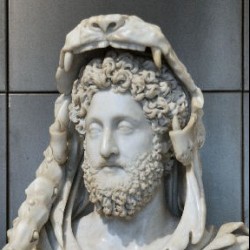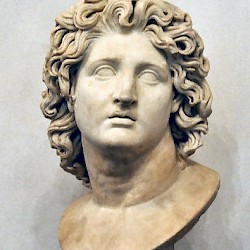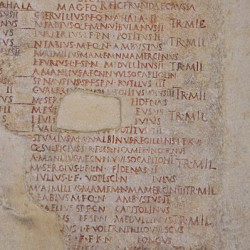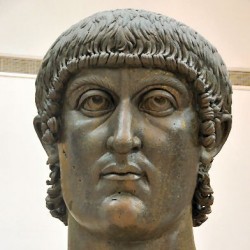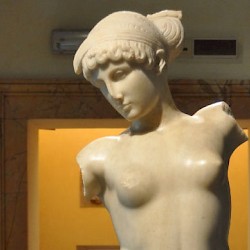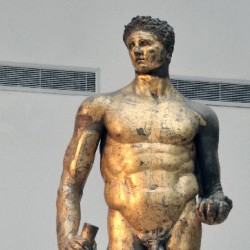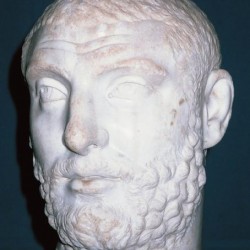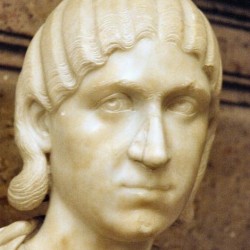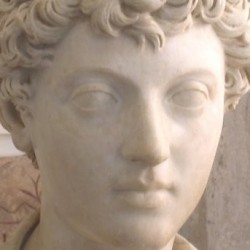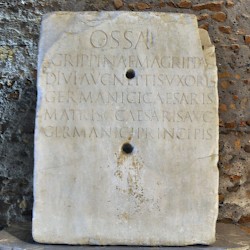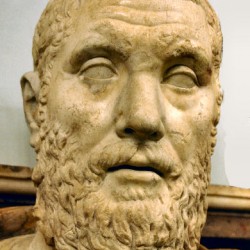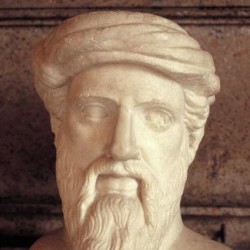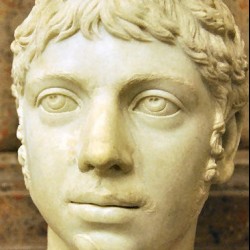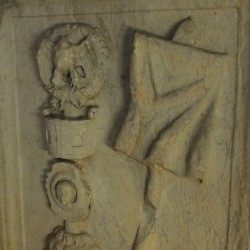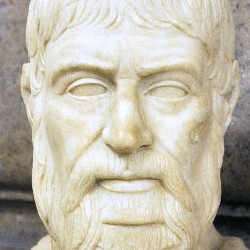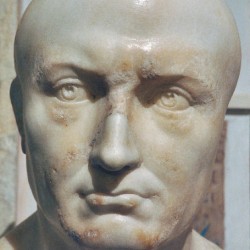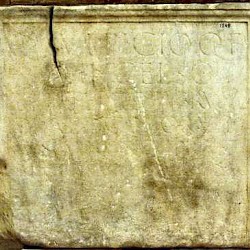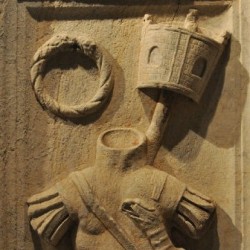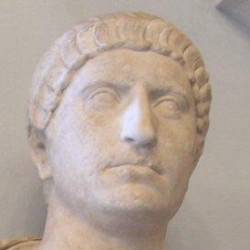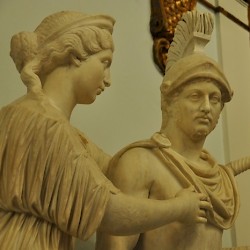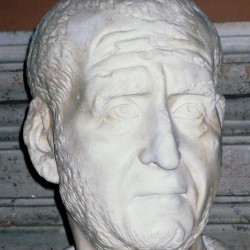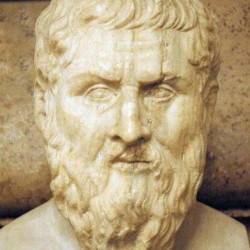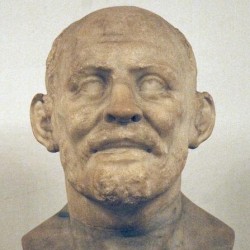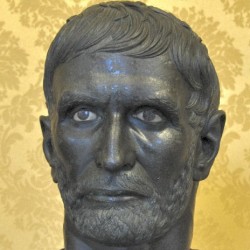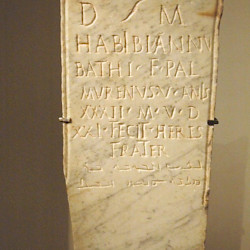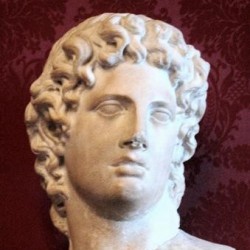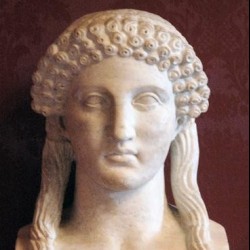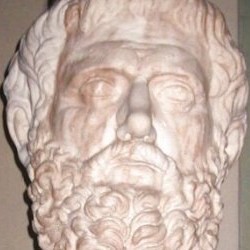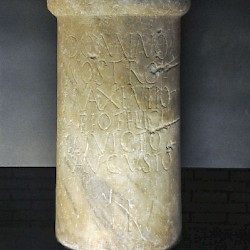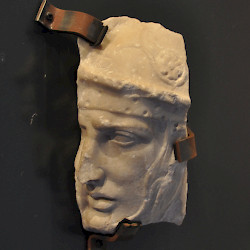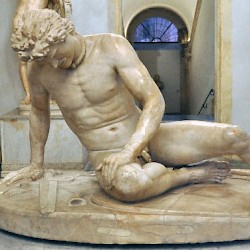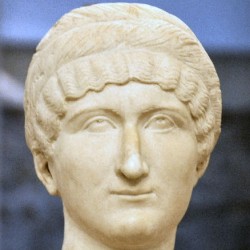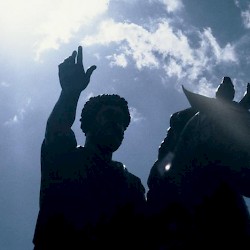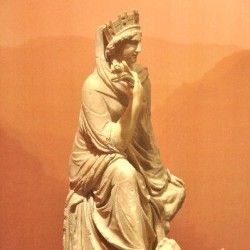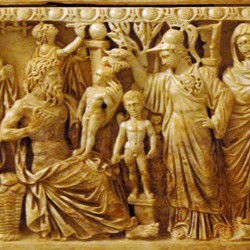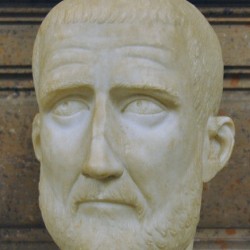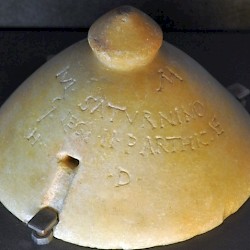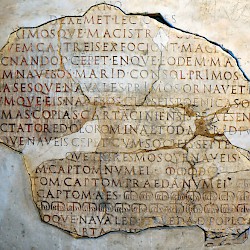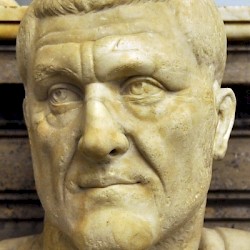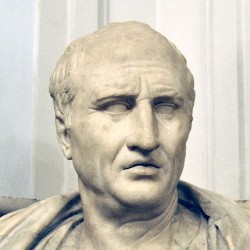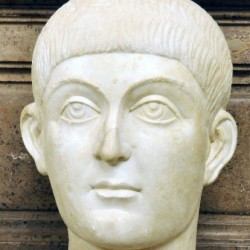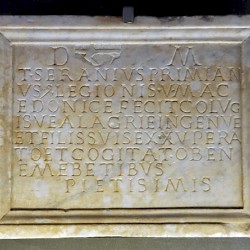Rome, Capitoline Museums
Q333906The Musei Capitolini belong to the oldest public museums of the world. They used to be located in two buildings on the southern and northern side of the Piazza del Campidoglio, known as the Palazzo dei Conservatori and the Palazzo Nuovo, but recently an eastern wing was added while the southern part was expanded. Although the original departments retain much of their old charm, the result is a completely new museum.
The Palazzo Nuovo is perhaps the least worth a visit, although it contains a famous collection of busts of Roman emperors, which is often used by tourist guides to explain the succeeding artistic styles. The Palazzo dei Conservatori is far more interesting: here, you will see the famous head of Constantine the Great, several impressive second-century reliefs, the so-called Brutus, and the famous she-wolf (which is Medieval, not Etruscan, as is often said). One of the rooms is the place where in 1957, the Treaty of Rome was signed.
The eastern wing is in fact an underground corridor that connects the two palaces. It contains an impressive epigraphic collection, which includes the tombstone of Cornelia, the mother of the Gracchi. From here, it is possible to walk to the so-called Tabularium, which offers a splendid view of the Forum Romanum and Palatine.
Finally, the addition to the southern palace. This is a completely new hall, for only two works of art: the equestrian statue of Marcus Aurelius, and the bronze statue of Sylvester Stallone Constantine the Great. The two great emperors seem to salute each other. Beyond them are the remains of the terrace and podium of the temple of Jupiter Optimus Maximus, which I remember having seen in the 1980s, but are now far better visible. Next to them is some archaic art from the Area sacra di Sant’ Ombono. This hall has rapidly become one of my favorite places in Rome.
The corridor that used to connect the temple remains to the Palazzo dei Conservatori is now home to the statue of Commodus-as-Hercules, the Esquiline Venus, and many objects from the gardens of Sallust, the Vettii gardens, and the gardens of Maecenas. These statues used to be in the Centrale Montemartini.
This museum was visited in a/o 1982, 2009, 2012.
